Urban landscapes often blend into a sea of neutral tones and standard designs, but some communities break from convention with vibrant displays of color. These rainbow-hued neighborhoods not only brighten the physical landscape but often reflect cultural traditions, historical significance, and community pride.
Here is a list of 20 towns around the world where brightly painted houses transform ordinary streets into extraordinary visual experiences.
Burano, Italy
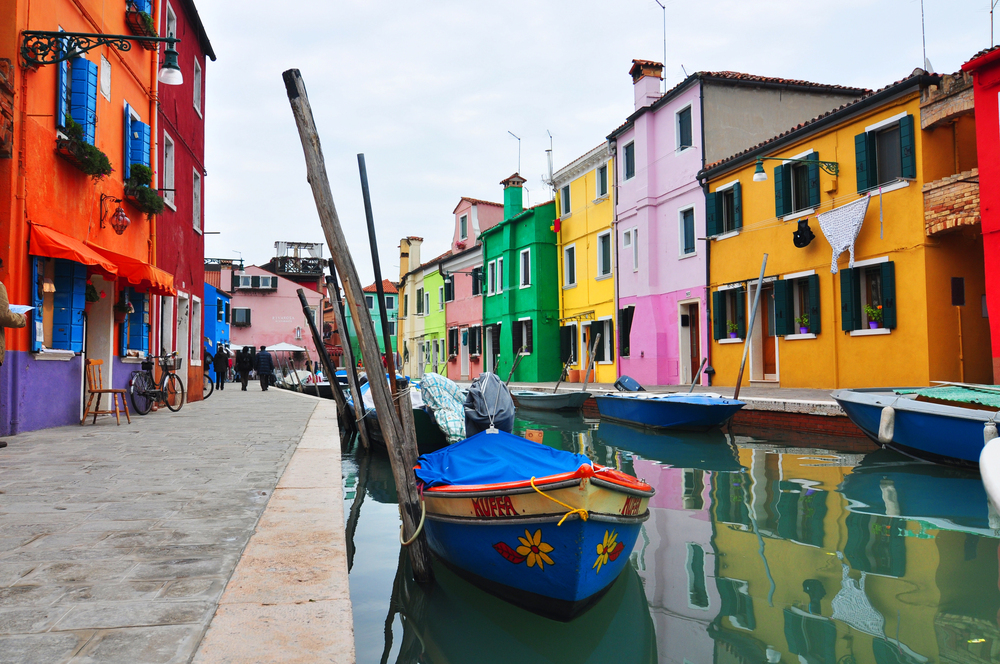
The small island of Burano in the Venetian Lagoon dazzles visitors with houses painted in jewel-bright tones of blue, green, red, and yellow. Local fishermen originally painted their homes in distinctive colors to identify their properties when returning from the sea through the thick fog that often blankets the region.
Today, residents must receive permission from the government before painting their houses, ensuring the island maintains its harmonious color scheme.
Bo-Kaap, Cape Town
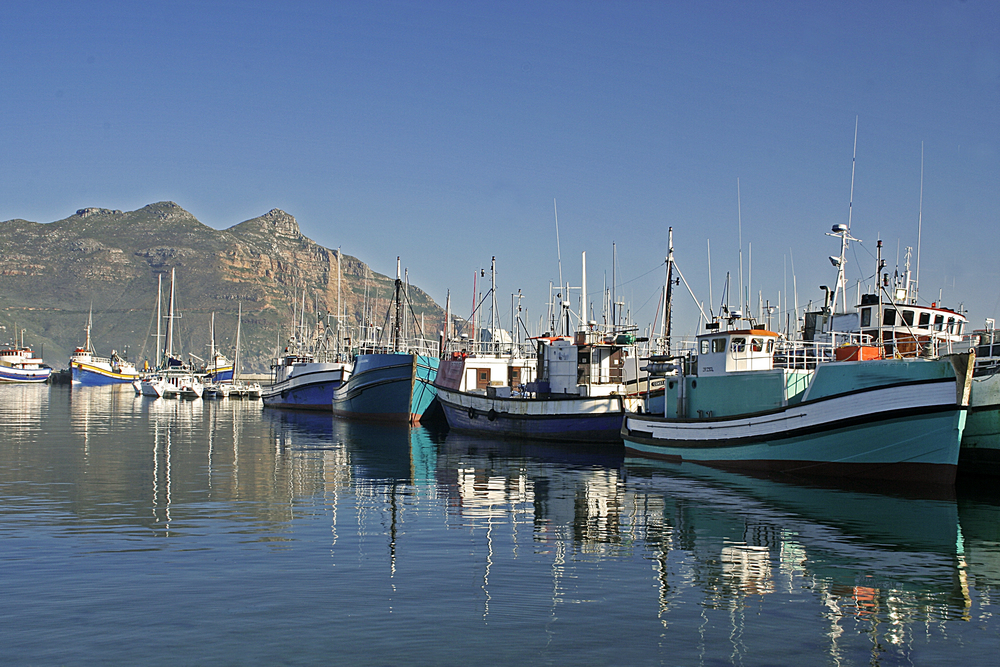
The cobblestone streets of the Bo-Kaap neighborhood feature rows of houses painted in brilliant lime green, electric blue, and sunshine yellow. These vibrant colors reflect the area’s rich cultural heritage as the historical home of Cape Town’s Cape Malay community, who were finally allowed to paint their houses after the end of apartheid.
The brightly colored facades stand as symbols of freedom and expression against the dramatic backdrop of Table Mountain.
Like Travel Pug’s content? Follow us on MSN.
Guatapé, Colombia
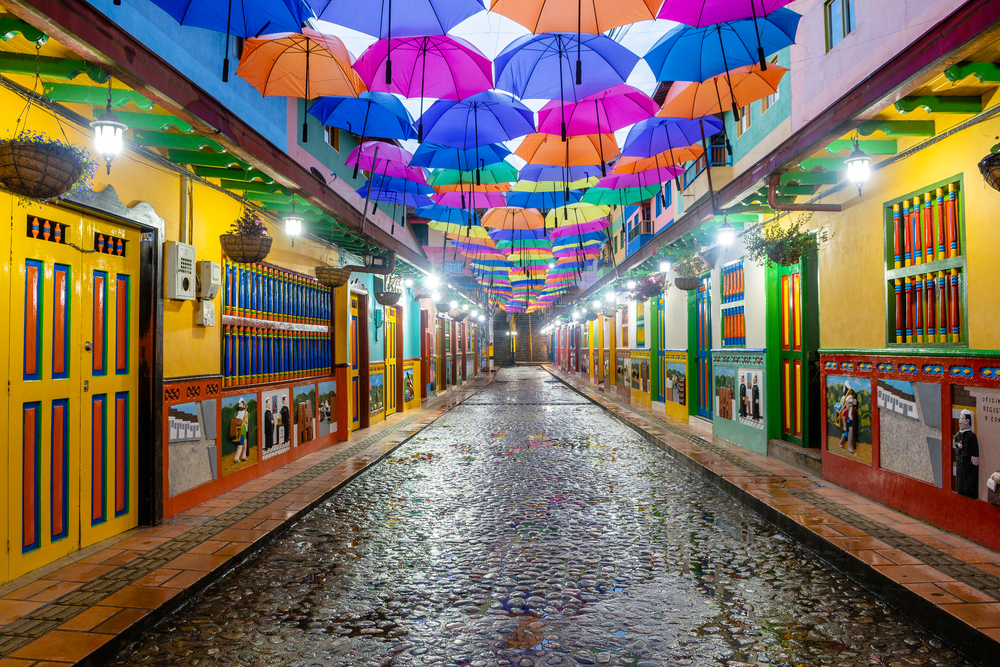
The lakeside town of Guatapé boasts houses adorned with colorful bas-relief decorations called ‘zócalos’ that depict animals, people, and geometric patterns. Each home features a different color scheme and motif, often telling stories about the family’s history, occupation, or interests.
The tradition began in the 1800s but gained momentum in the 1950s when residents began competing for the most beautiful and elaborate designs.
St. John’s, Newfoundland
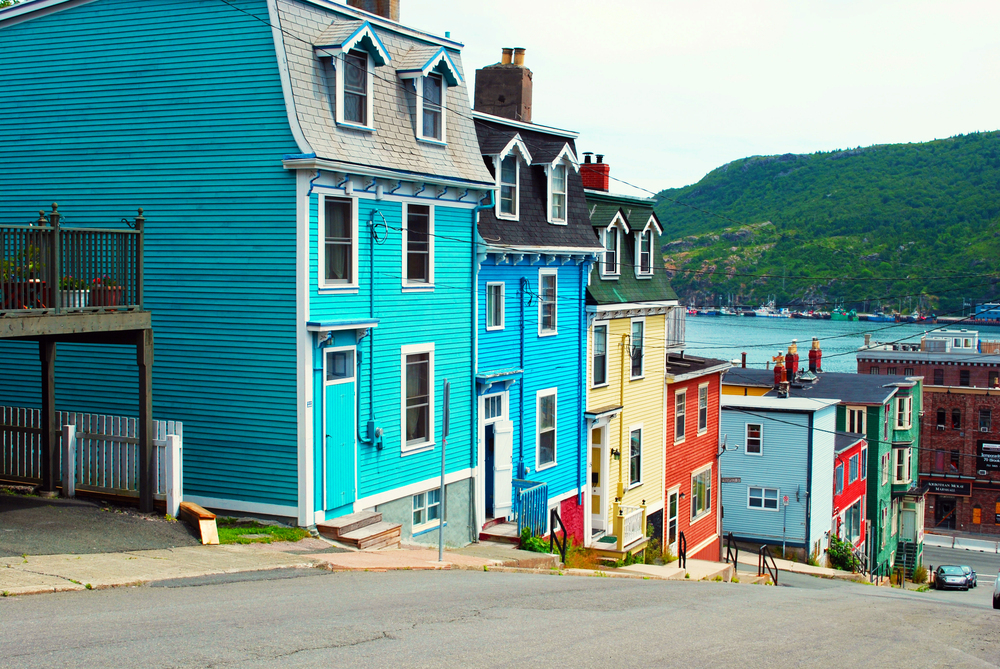
The capital city of Newfoundland features steep streets lined with ‘Jellybean Row’ houses painted in every color imaginable. Local legend suggests fishermen painted their homes in bright colors to help navigate through dense fog, but the vibrant tradition in fact began as part of a revitalization project in the 1970s.
These cheerful facades create a stark contrast against the often gray, overcast skies of the North Atlantic region.
Jodhpur, India
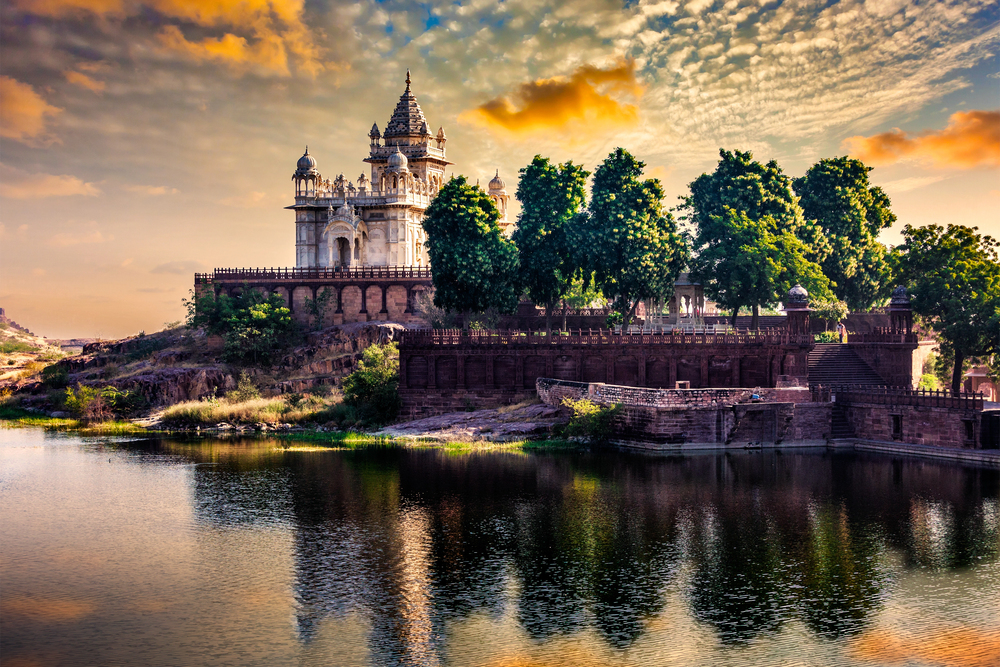
Known as the ‘Blue City,’ Jodhpur features entire neighborhoods where buildings are washed in various shades of azure and indigo. The tradition began with the Brahmin caste, who painted their houses blue to identify themselves and to help keep homes cool in the intense desert heat.
From a distance, the painted homes create a sprawling blue ocean against the arid landscape, particularly striking when viewed from the towering Mehrangaril Fort.
Like Travel Pug’s content? Follow us on MSN.
Menton, France
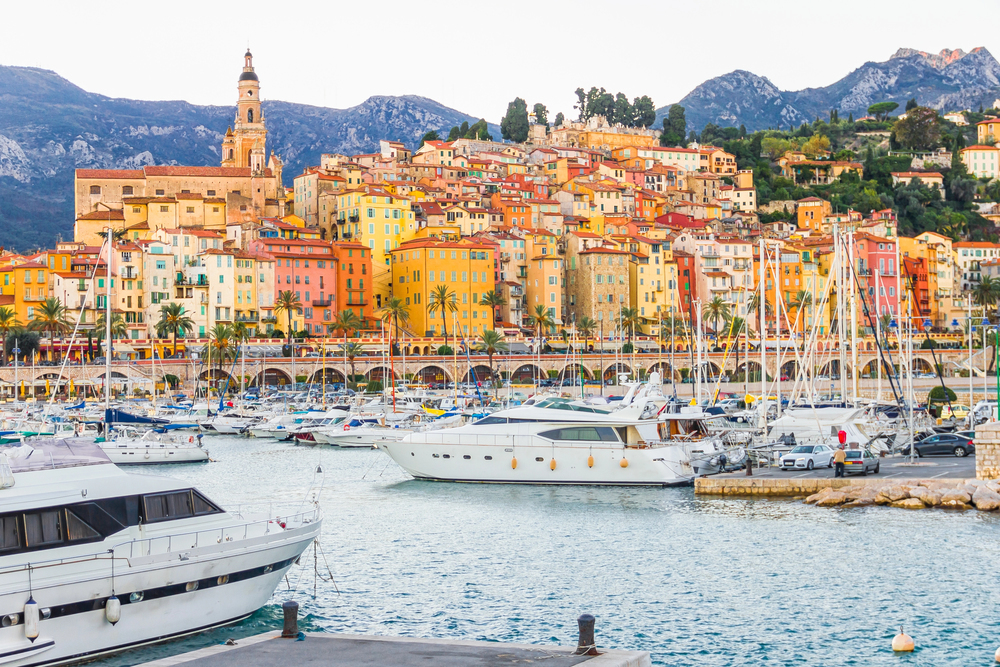
The French Riviera town of Menton glows with Mediterranean-inspired hues of terracotta, golden yellow, and burnt orange. These warm colors were chosen to highlight the town’s microclimate, which is among the sunniest in France and allows rare citrus fruits to flourish.
The colorful facades along the old town’s winding streets appear to change throughout the day as the shifting sunlight creates new interplays of color and shadow.
Chefchaouen, Morocco
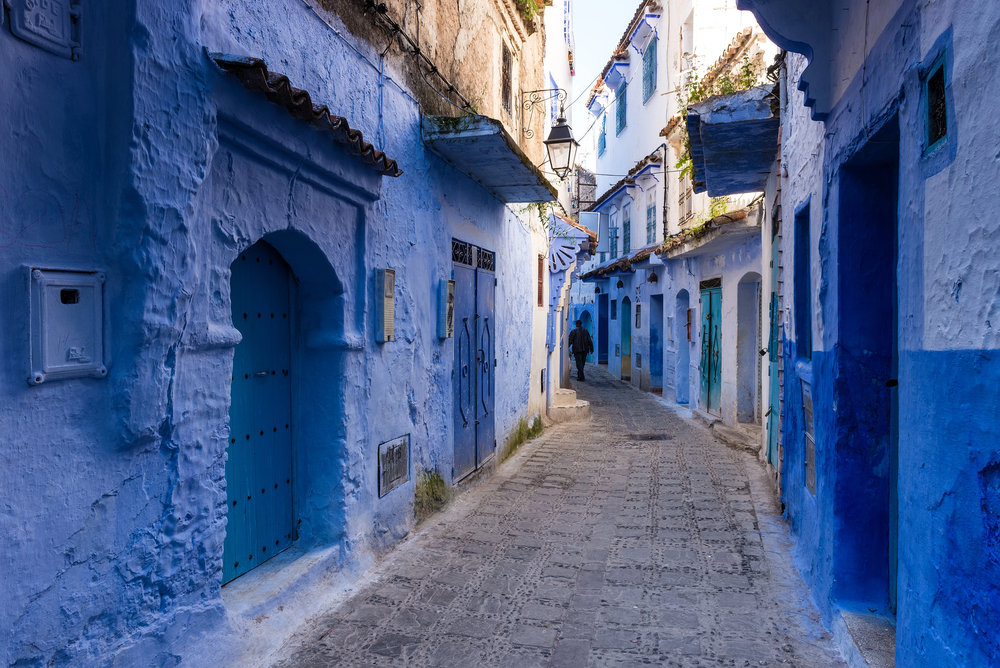
The mountain town of Chefchaouen enchants visitors with buildings painted in countless variations of blue, from soft powder blue to vibrant cobalt. The tradition began with Jewish refugees who settled there in the 1930s, bringing their custom of painting buildings blue to reflect the sky and remind people of heaven.
The paint is refreshed regularly, creating employment for residents and maintaining the town’s reputation as one of the most photogenic locations in North Africa.
Willemstad, Curaçao
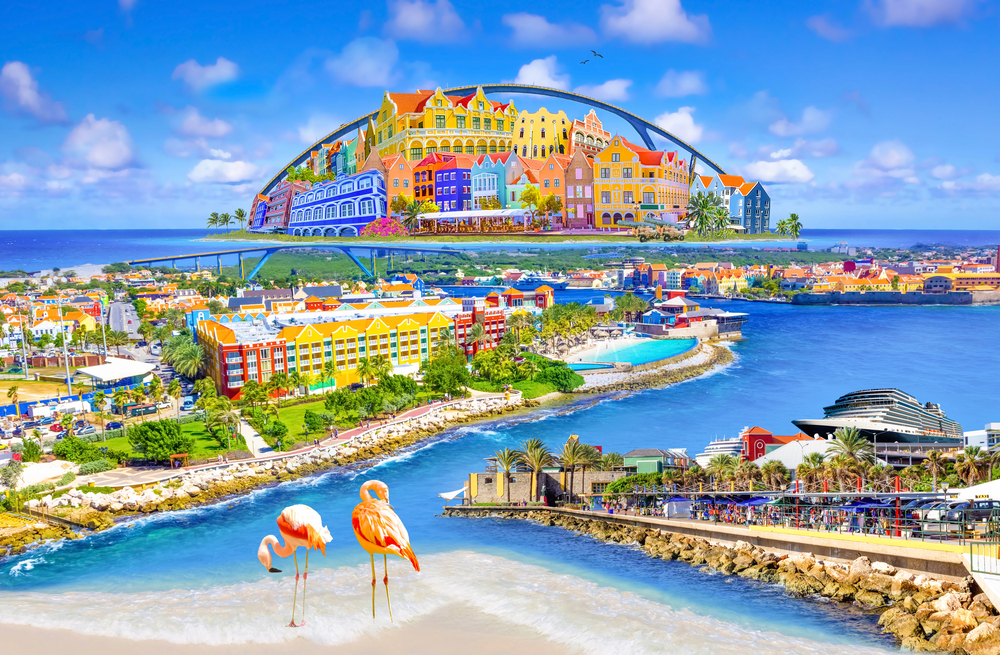
The capital city of Curaçao features Dutch colonial buildings in a rainbow of pastel shades lining the waterfront. These colors date back to 1817, when the governor reportedly suffered from migraines that he attributed to the glare of white buildings reflecting the Caribbean sun.
His solution was an ordinance requiring buildings to be painted any color except white, resulting in the kaleidoscope of colors that continues to characterize the UNESCO World Heritage site today.
Like Travel Pug’s content? Follow us on MSN.
La Boca, Buenos Aires
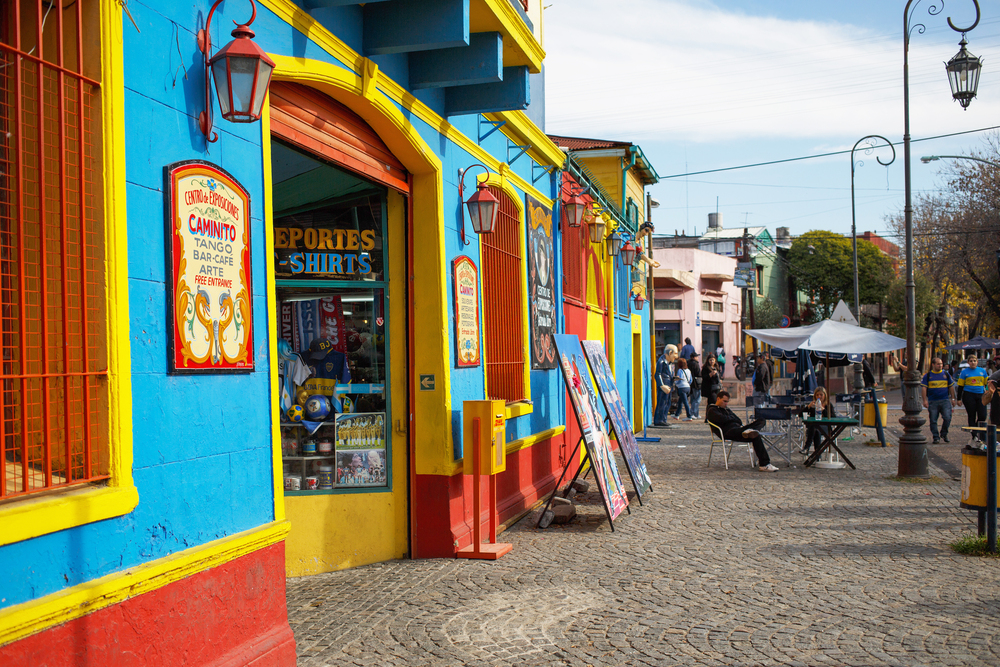
This working-class neighborhood in Buenos Aires is captivated by buildings painted in bold primary colors along the famous Caminito street. The multicolored houses originated with Italian immigrants who used leftover paint from the shipyard where many worked to brighten their modest homes.
The area now attracts artists and tourists who come to enjoy the vivid streetscapes and tango performances against the backdrop of these vibrant dwellings.
Júzcar, Spain
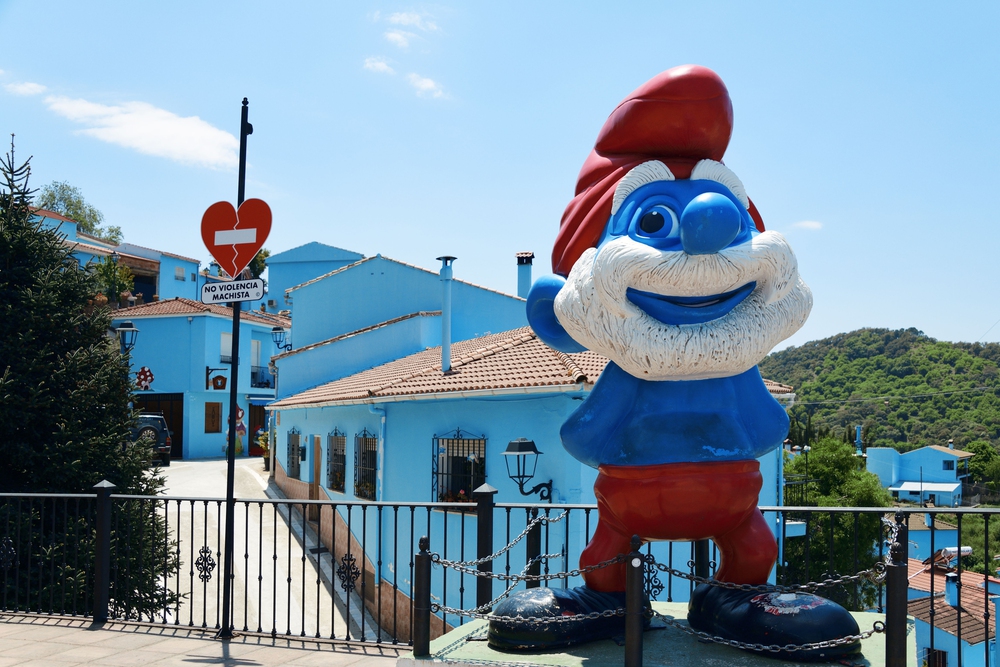
This formerly white Andalusian village was transformed when all 175 buildings were painted bright blue in 2011 as a promotion for ‘The Smurfs’ movie. When Sony offered to repaint the town white after the promotion, residents voted to keep the blue color because it had dramatically increased tourism.
The striking blue structures against the green mountain backdrop created such a unique appearance that visitors now flock to this once-obscure village.
Nyhavn, Copenhagen
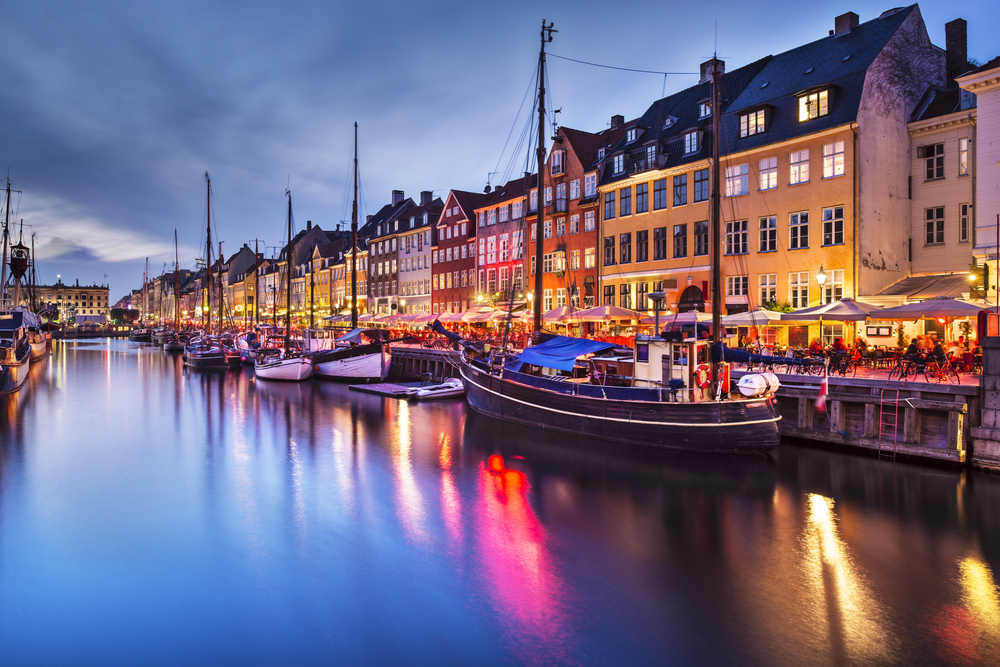
The historic waterfront district of Nyhavn features tall, narrow houses painted in bold reds, yellows, and blues from the 17th and 18th centuries. These merchant houses were originally practical investments to accommodate sailors and traders, but their bright colors have made them Denmark’s most photographed location.
The reflections of these painted facades in the canal waters create a double rainbow effect that draws artists and photographers year-round.
Like Travel Pug’s content? Follow us on MSN.
Procida, Italy

This tiny island in the Bay of Naples dazzles with houses painted in pastel pinks, yellows, blues, and greens cascading down to the harbor. The fishermen who built these homes used bright colors not just for beauty, but as a practical way to identify their properties from the sea.
Marina Corricella, the oldest fishing village on the island, offers the most spectacular view with its multicolored buildings seemingly stacked upon one another down to the waterfront.
Valparaíso, Chile
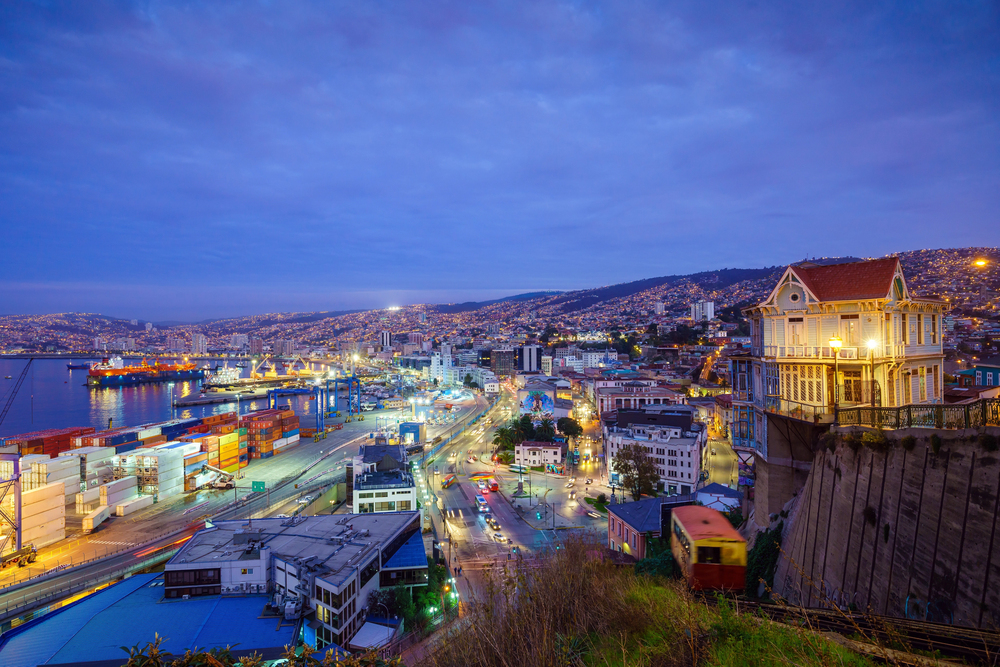
This hilly port city is famous for its rainbow-colored houses that climb steep hillsides, connected by funiculars and stairways. After a devastating earthquake in 1906, the rebuilding process utilized corrugated metal sheets coated in various colors of marine paint to protect against the salty air.
Today, the tradition continues with murals and street art adorning many of the brightly painted facades, earning the city the designation as a UNESCO World Heritage site.
Tobermory, Scotland
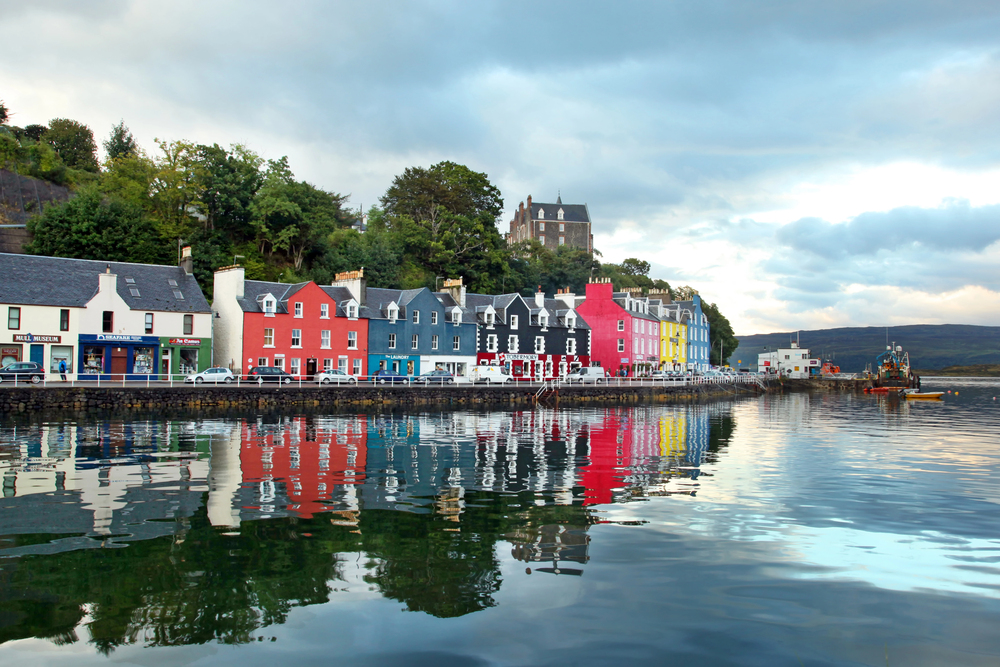
The main street of this harbor town on the Isle of Mull features a row of buildings painted in bold reds, yellows, and blues facing the sea. These vibrant structures were originally warehouses and fishermen’s cottages that gained their colorful appearance in the 18th century when paint became more widely available.
The bright facades provide a cheerful contrast to the often misty Scottish weather and create perfect reflections in the calm harbor waters.
Like Travel Pug’s content? Follow us on MSN.
Manarola, Italy
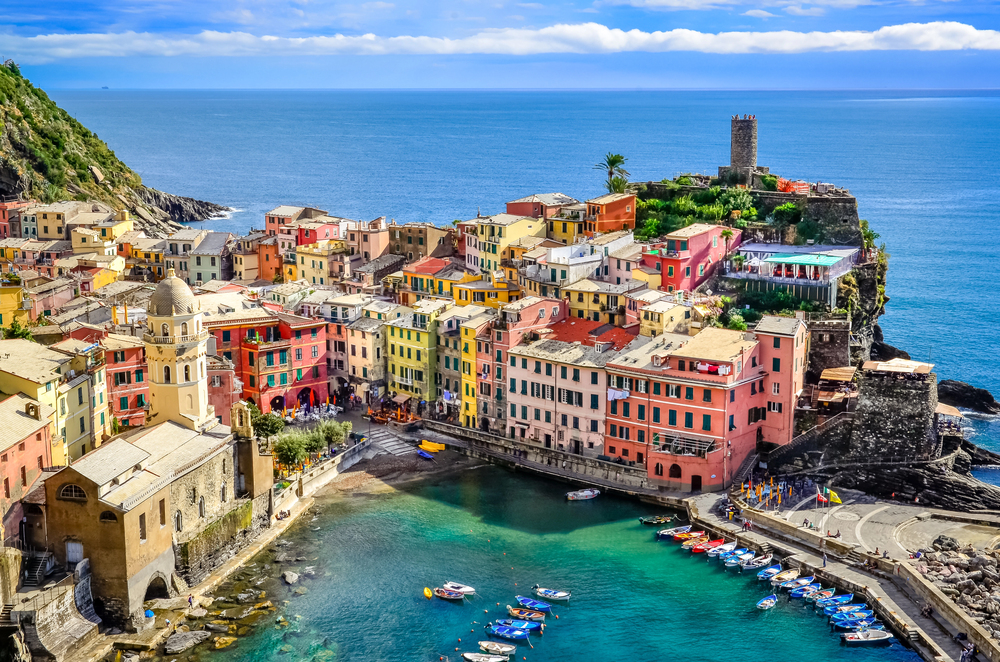
This cliffside fishing village in Cinque Terre features tightly packed houses painted in warm reds, yellows, and pinks that appear to grow organically from the rocky coastline. The tradition of painting homes in bright colors helped fishermen identify their houses from the sea and added cheer to the challenging terrain where space is limited.
When viewed from the Mediterranean, the colorful buildings resemble a carefully arranged bouquet cascading down to the water.
Gamcheon, South Korea
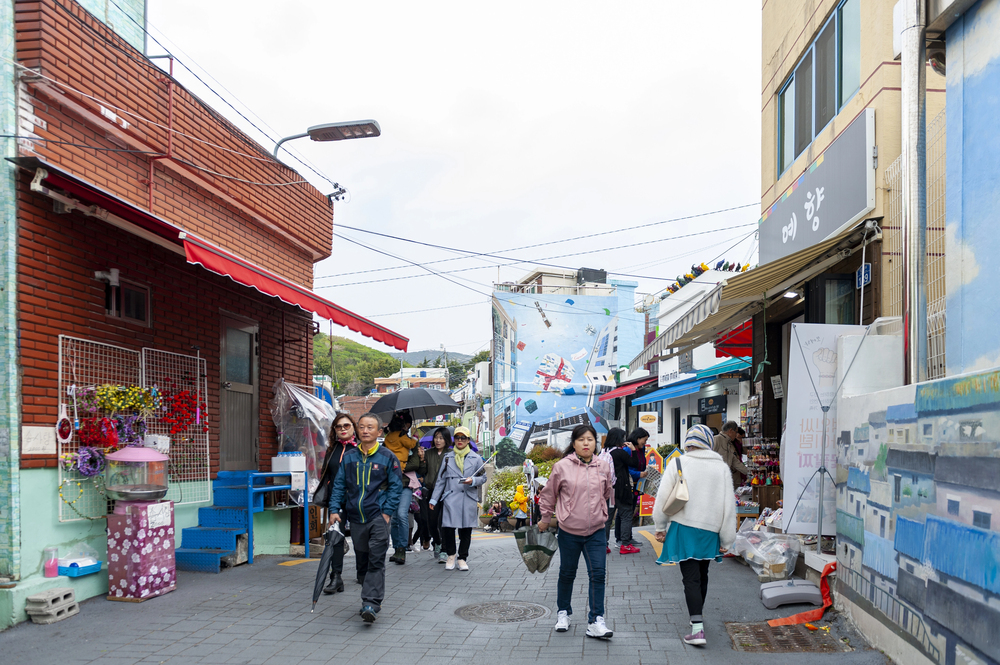
Nicknamed the ‘Machu Picchu of Busan,’ this former slum has been transformed into a vibrant cultural village with houses painted in pastel blues, pinks, and yellows. The revitalization began in 2009 when local artists painted murals and installed sculptures throughout the hillside community.
The maze-like alleys lined with colorful houses create an artistic playground where visitors can explore hidden galleries and cafes while enjoying panoramic views of the city below.
Calleja de las Flores, Spain
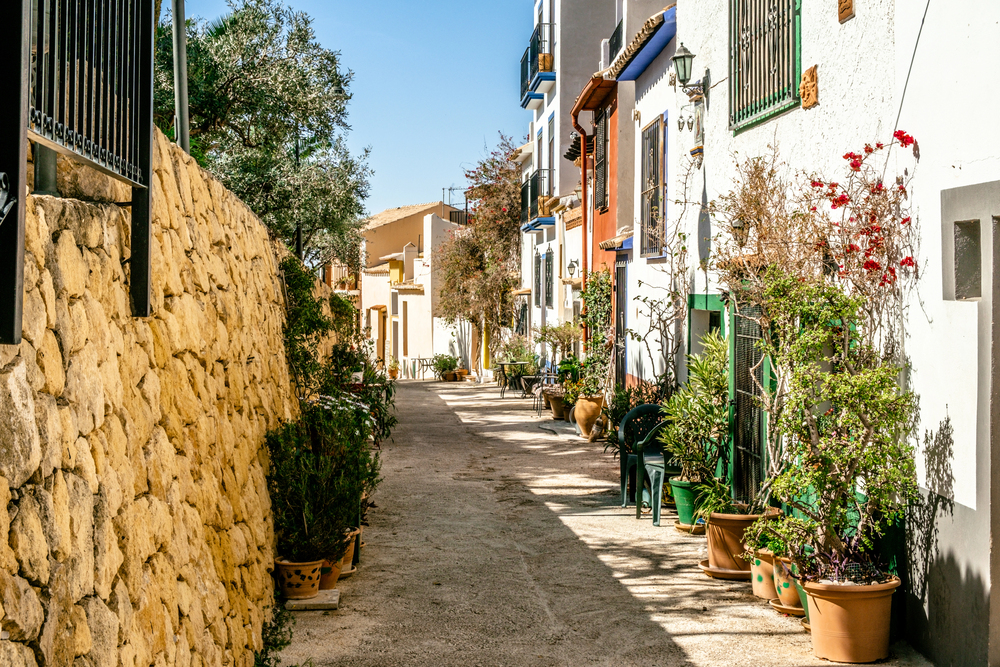
This narrow street in Cordoba’s old town features whitewashed buildings adorned with flower pots in brilliant blues and other rainbow hues. The stark white walls serve as a canvas for the colorful ceramic planters filled with bright geraniums that hang from nearly every available space.
This color combination dates back to Moorish influences that valued the cooling effect of white walls paired with decorative elements in vivid colors.
Like Travel Pug’s content? Follow us on MSN.
Longyearbyen, Norway
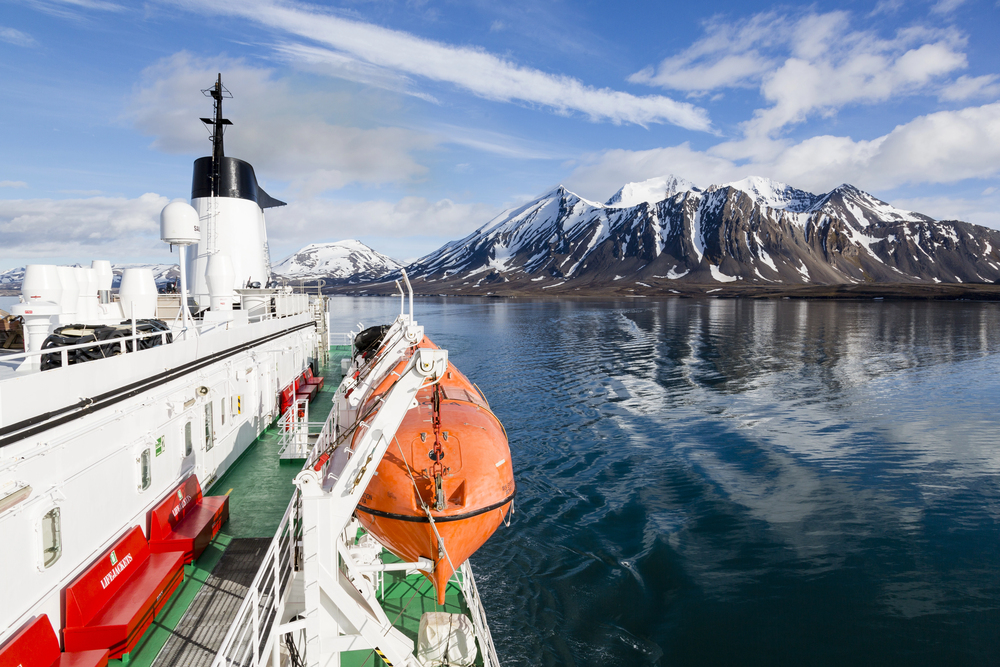
The northernmost town in the world brightens the long polar night with houses painted in reds, greens, blues, and yellows against the snow. These colors serve both practical and psychological purposes—making buildings easily identifiable during blizzards and combating seasonal affective disorder during the months of darkness.
Each color also indicates the building’s function: red for commercial buildings, green for family homes, and yellow for schools and hospitals.
Puerto Vallarta, Mexico
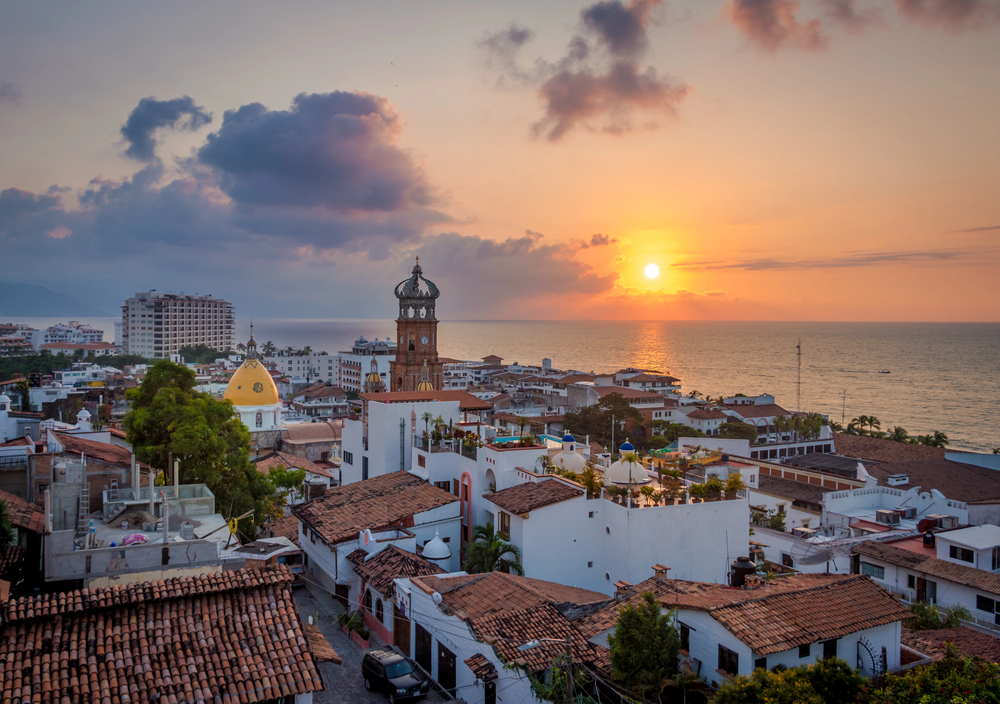
The hillside neighborhoods of this Pacific coast resort town feature whitewashed houses topped with terracotta roofs and accented with brilliant cobalt blue, sunny yellow, and tropical pink. These colors reflect the natural palette of the region—ocean blues, sunset oranges, and flower pinks—while the white walls help keep interiors cool during hot summers. The painted facades create a dramatic contrast against the lush green jungle that surrounds the town.
Wrocław, Poland
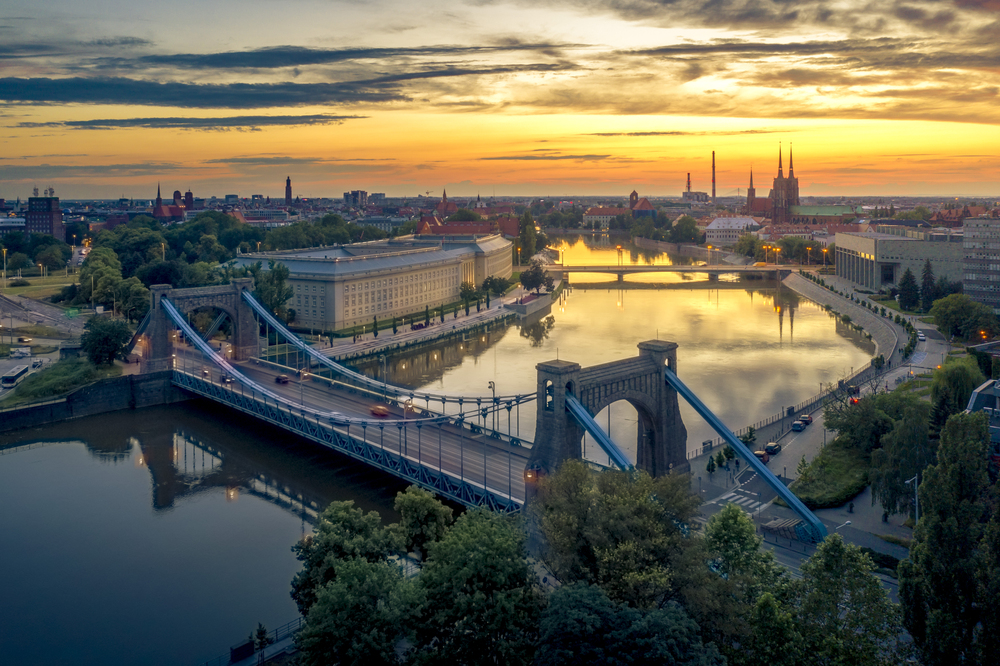
The historic market square of Wrocław showcases narrow medieval townhouses painted in rich, vibrant colors with intricate decorative elements. These buildings, called kamienice, feature facades in mustard yellow, salmon pink, and forest green that have been painstakingly restored after extensive damage during World War II.
Each house has its name and story, often depicted in the painted decorations that adorn the colorful exteriors.
Like Travel Pug’s content? Follow us on MSN.
Lasting Impressions
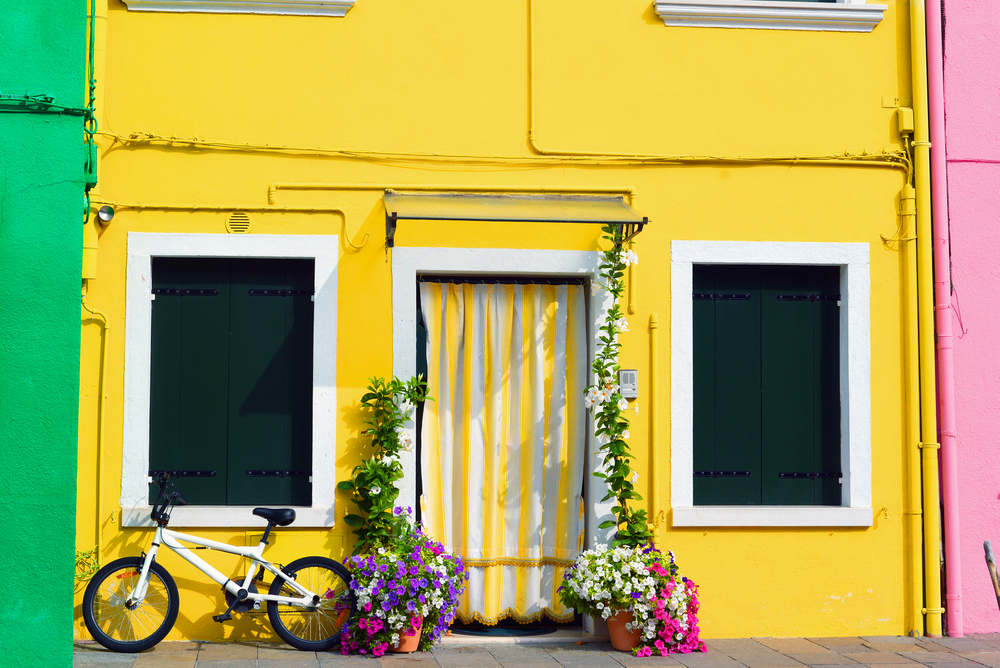
These colorful communities prove that sometimes the most effective urban renewal comes not from major construction projects but from something as simple as a coat of paint. The bright hues transform not just the physical appearance of these places but often revitalize tourism, strengthen community bonds, and preserve cultural heritage.
While some color schemes arose from practical purposes and others from artistic expression, they all create towns that leave lasting impressions on visitors and provide joyful surroundings for residents.
More from Travel Pug

- Cities Growing so Fast You Won’t Recognize Them in 10 Years
- 13 Destinations Where Tourists Regularly Regret Their Trip
- 16 U.S. Cities That Are Quietly Becoming Travel Hotspots
- Where to Travel If You Love Long Bus Rides and Daydreams
- 20 Cities Perfect for Solo Travelers Who Crave Adventure & Culture
Like Travel Pug’s content? Follow us on MSN.
